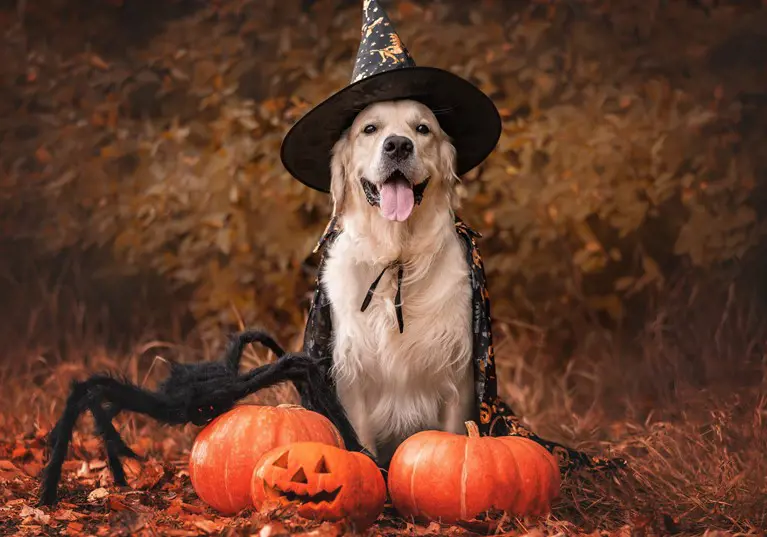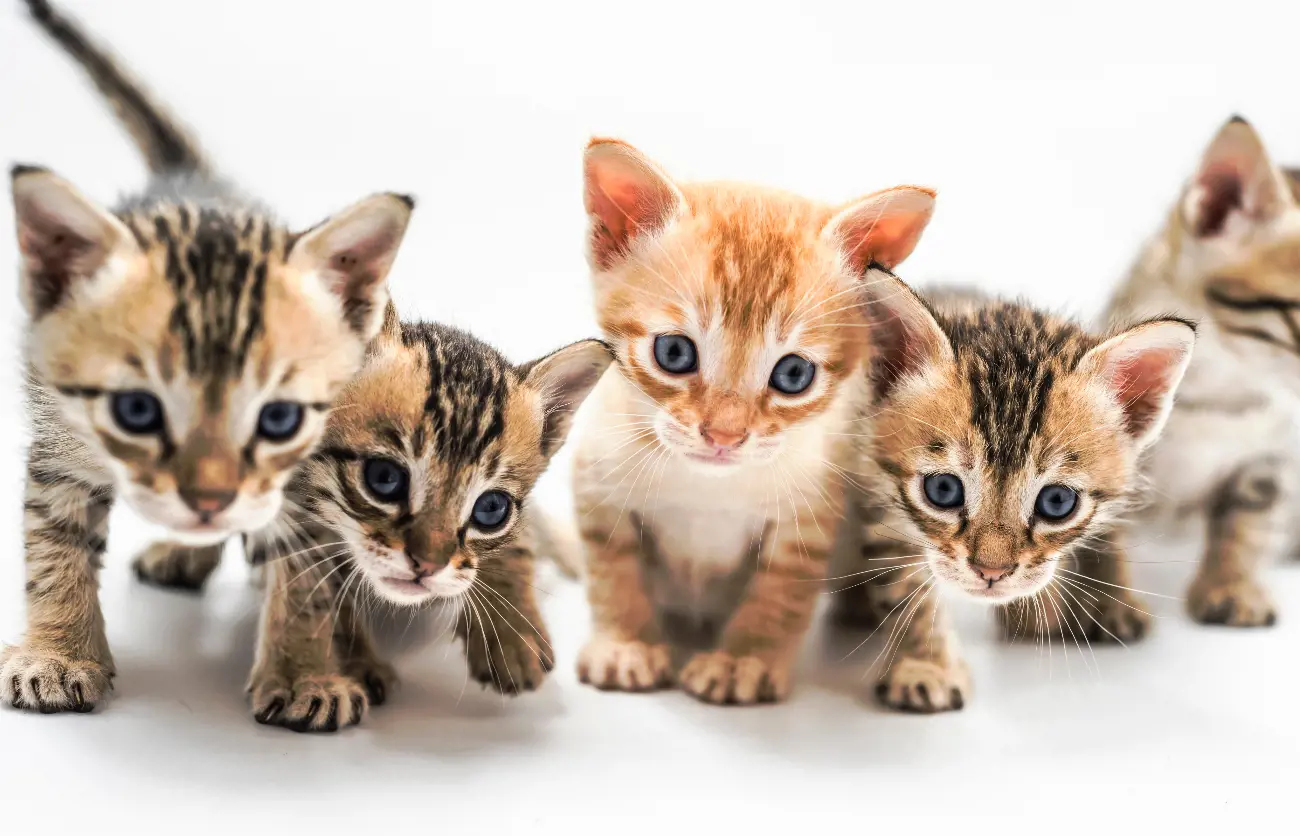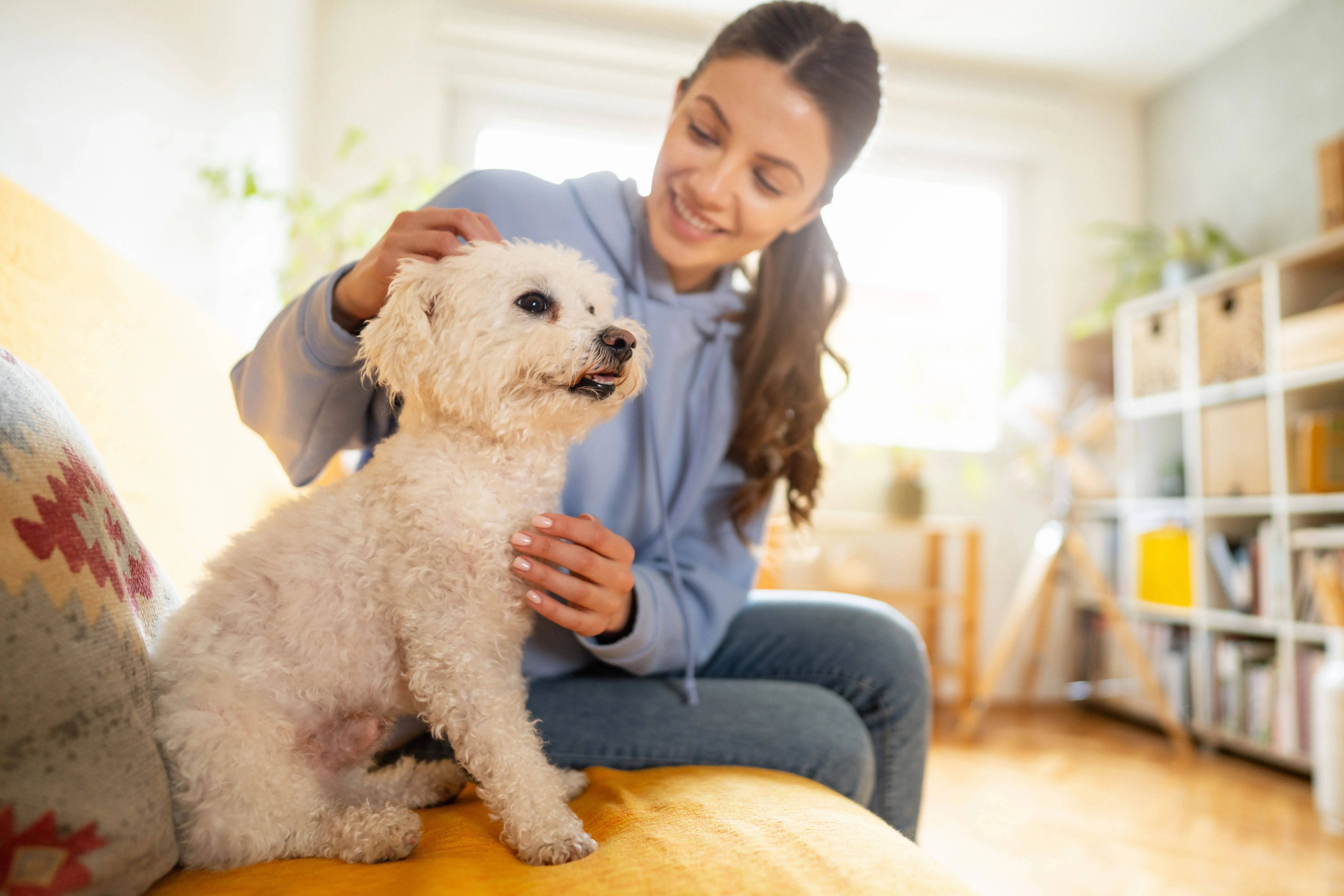Are Halloween costumes ok for pets?
29th September, 2022

Without doubt, there is a growing trend for fancy dress costumes for pets. In recent years, many stores have started to sell a range of outfits to match your furry friend with the whole family.
All over the web and social media, we see images of pets in a costume, but before you strap on a hat or adorn them with a cape, think about how your furry friend will handle it.
Determining if your furry friend is okay wearing a cat or dog Halloween costume requires an understanding of your pet’s body language.
Pet MD say, some signs of pet costume distress are obvious. If your dog or cat is attempting to eat the costume off of his body, rolling on the floor nonstop, rubbing up against furniture in an effort to slip out of it or running away and hiding, it is clear that you’ve made the wrong choice.
However, some symptoms of feline and canine discomfort are less obvious.
Watch your pet’s body language for indicators that the costume is too much. Your dog might put his ears back and yawn frequently while in costume, and your cat might whip her tail or drop low to the ground if she’s feeling uncomfortable. Your cat or dog might also refuse to move once the costume is on—a sure sign that your pet is either feeling stressed or part of the costume is uncomfortable for them, or both.
Merely tolerating a costume is not the same as enjoying, so be mindful of what your pet is signalling. If your dog or cat looks miserable in a costume, remove it.
How to Pick a Suitable Pet Costume
While there’s no perfect costume that works for every pet (except for his own fur suit), you’ll be more likely to pick a winner if you choose one that meets the following criteria:
- The costume doesn’t interfere with your pet’s body. Dogs and cats rely on their senses to process the world around them, and when a costume limits that ability, it causes distress. Your dog or cat probably won’t enjoy wearing a costume that impedes the eyes, ears, mouth, tail or whiskers, or that limits their ability to walk normally.
- The costume doesn’t make scary noises. Our pets’ hearing is much more sensitive than our own, so even though a collar made of bells might seem like an adorable option, your pet will have to deal with it in stereo, right behind her ears. Costumes that crinkle, rustle or clang are also potential stressors, so consider how your pet will process the sound element as well as the fit of the costume.
- The costume won’t make your pet overheat. A head-to-toe costume that completely transforms your pet’s appearance might look adorable, but full-body costumes can cause your dog or cat to heat up quickly. Consider the temperature when selecting a costume, and watch your pet to make sure that’s he’s not too warm.
- The costume actually fits your pet. Some dog and cat costumes have hidden ouch-spots that pet parents miss. For example, a headpiece with a too-tight chin strap, a hat that completely covers your pet’s ears, or a costume with rear leg “pants” that impede a dog or cat’s tail are all potential stressors. When selecting a costume, make sure to survey every part of it, and watch out for areas that cause your pet’s skin to bunch up or leave a mark after it’s taken off.
Helpful Pages
Recent Posts
Pet Insurance Quote
- 98% claims paid *
- Claims paid directly to vets
- 24/7 vet video consultations
- Interest free monthly payments




